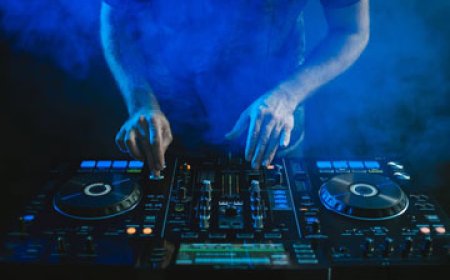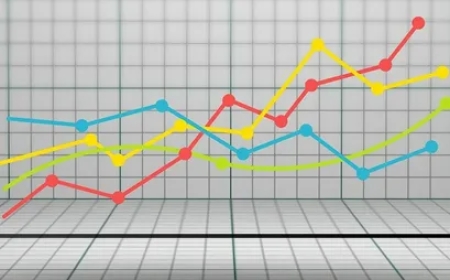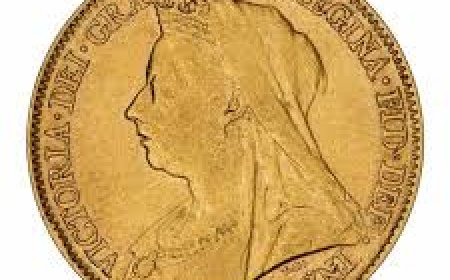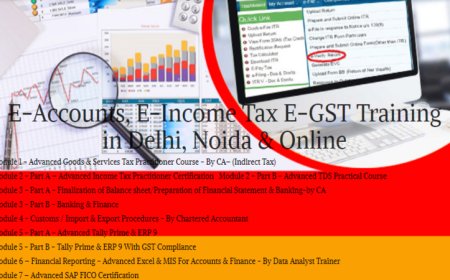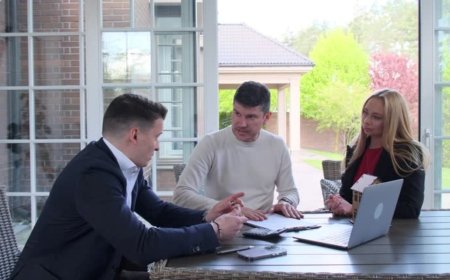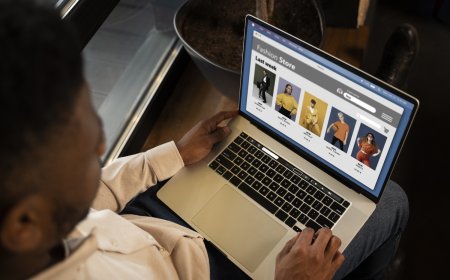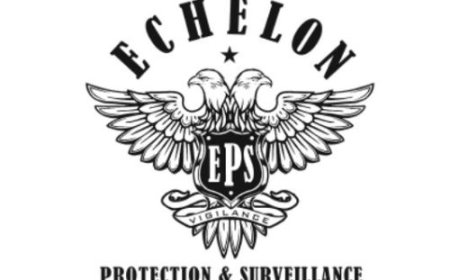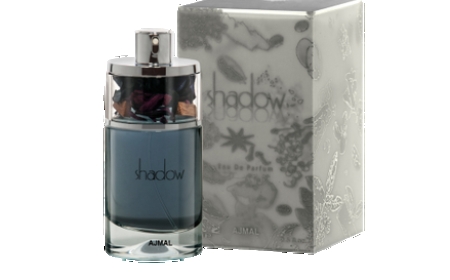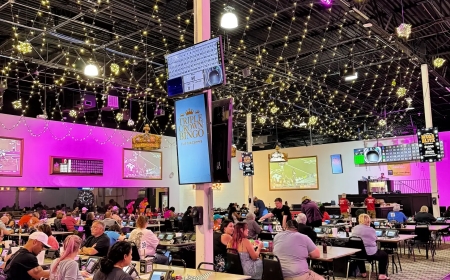The Soul of India on Vinyl: Classical Albums You Should Hear

Indian classical music finds its purest expression on vinyl, where the warmth of analog sound perfectly complements the depth and complexity of ragas. For connoisseurs and newcomers alike, certain albums stand as monumental achievements, capturing the essence of India's musical heritage. These recordings preserve not just performances, but entire schools of thought, stylistic traditions, and moments of divine inspiration.
The Vinyl Advantage for Indian Classical Music
Before exploring specific albums, it's important to understand why vinyl remains the preferred medium for serious listeners of Indian classical music:
- Uncompressed Dynamics- The full frequency range of tanpura drones and vocal harmonics remain intact
- Natural Decay- The gradual fade of notes matches the meditative quality of alap sections
- Physical Connection- Handling records creates the same reverence as holding a musical instrument
- Historical Fidelity- Original pressings document performances exactly as they were first heard
Foundational Hindustani Classical Recordings
Ravi Shankar - "In Concert 1972" (Apple Records)
This live recording captures Shankar at the height of his international fame, featuring an expansive 46-minute rendition of Raga Manj Khamaj. The vinyl pressing perfectly preserves the interplay between sitar, tabla (Alla Rakha), and tambura.
Key moments:
- The opening alap builds tension masterfully across the first record side
- The jor section demonstrates Shankar's innovative rhythmic concepts
- The gat section showcases dazzling technical virtuosity
Bismillah Khan - "Raga Yaman" (EMI India, 1969)
The shehnai maestro's definitive studio recording of this evening raga demonstrates why he became India's most celebrated wind instrumentalist. The vinyl version reveals nuances in breath control and phrasing that later CD reissues compressed.
Why this recording matters:
- Documents the Benares gharana approach to melodic development
- Shows the shehnai's potential as a serious classical instrument
- Preserves Khan's unique ornamentation techniques
Gangubai Hangal - "Raga Bageshree" (HMV, 1975)
The Kirana gharana doyenne's powerful contralto voice finds its ideal medium in this vinyl release. Recorded when Hangal was in her 60s, it captures a lifetime of musical wisdom.
Notable qualities:
- Unmatched depth in lower octave singing
- Masterful use of lyrical pause and silence
- Authentic representation of North Karnataka stylistic elements
Essential Carnatic Classical Albums
M.S. Subbulakshmi - "Bhakti Rasam" (HMV, 1968)
This devotional album transcends categorization, blending classical rigor with spiritual intensity. The vinyl's dynamic range handles Subbulakshmi's voice from whisper-soft phrases to powerful climaxes without distortion.
Standout tracks:
- "Kurai Ondrum Illai" showcases her perfect sruti alignment
- "Bhaja Govindam" demonstrates rhythmic complexity
- Original liner notes include valuable lyrical interpretations
Lalgudi Jayaraman - "Raga Thodi" (EMI, 1973)
The violin virtuoso's landmark recording redefined instrumental Carnatic music. The vinyl version preserves the tactile quality of bowing techniques and fingerboard nuances.
Technical highlights:
- Innovative use of three-stroke bowing patterns
- Creative kalpana swara passages
- Perfect balance between tradition and innovation
Palghat Mani Iyer - "Thani Avarthanam" (Sangeetha, 1970)
This rare solo mridangam recording demonstrates why Iyer revolutionized Carnatic percussion. The vinyl's physical grooves capture every tonal variation of the drum's pitched surface.
Educational value:
- Masterclass in thani avarthanam (percussion solo) structure
- Documents the Palghat school's distinctive phrasing
- Shows melodic potential of rhythmic patterns
Rare Collaborative Masterpieces
Ravi Shankar & Ali Akbar Khan - "Duets" (Apple Records, 1974)
This legendary meeting of sitar and sarod masters was recorded specifically for vinyl release. The album's wide stereo separation allows listeners to clearly distinguish each instrument's contributions.
Historical significance:
- Only studio collaboration between the two maestros
- Features rare ragas composed for the session
- Demonstrates their contrasting approaches to similar material
Dagar Brothers - "Raga Miyan Ki Todi" (Brenreiter, 1978)
The dhrupad masters' German-recorded vinyl presents their austere style with stunning clarity. The extended alap (occupying the entire first side) benefits from vinyl's uninterrupted playback.
Unique aspects:
- Purest documentation of the Dagar lineage's style
- Showcases the rudra veena's complete tonal range
- Includes rare spoken explanation of the raga's structure
Maintaining and Collecting Classical Vinyl
To fully appreciate these recordings:
- Turntable Setup
- Use a high-quality cartridge (moving magnet or moving coil)
- Ensure proper tracking force for sitar overtones
- Invest in good isolation to prevent feedback
- Cleaning Protocol
- Brush records before each play
- Deep clean every 10-15 plays
- Store in anti-static inner sleeves
- Listening Environment
- Position speakers to create proper instrumental separation
- Maintain moderate volume for authentic concert-hall dynamics
- Avoid digital processing in the signal chain
The Continuing Relevance of Classical Vinyl
Recent developments prove these recordings remain vital:
- Reissue Programs
- Original analog tapes being remastered for new pressings
- Deluxe editions with restored album art and new liner notes
- Academic Interest
- Musicologists using original vinyl as primary research sources
- Universities building special collections of Indian classical records
- Artist Rediscovery
- Younger musicians studying vinyl recordings to learn traditional styles
- Forgotten techniques being revived through archival research
Building Your Essential Collection
Start with these widely available titles before exploring rarities:
- Ravi Shankar - "India's Master Musician" (World Pacific, 1963)
- M.S. Subbulakshmi - "Meera Bhajans" (HMV, 1966)
- Ali Akbar Khan - "Angoori Bagh" (Connoisseur Society, 1973)
- Semmangudi Srinivasa Iyer - "Raga Kalyani" (EMI, 1970)
- Alla Rakha - "Tabla Solo" (HMV, 1971)
Conclusion
These vinyl recordings represent more than historical documentsthey are living embodiments of India's classical soul. Each groove contains centuries of musical wisdom, preserved through the perfect marriage of artistic genius and analog technology. In an age of digital convenience, returning to these albums reminds us that great music demands and deserves our full attention.
For listeners seeking to understand Indian classical music's depth, these vinyl recordings offer the most authentic portal into its traditions. They capture not just notes, but the very breath of the musiciansthe subtle intakes before phrases, the fingers sliding along strings, the wooden mallets striking drumheads. This is music as it was meant to be experienced: immediate, physical, and profoundly human. The albums discussed here form the foundation of any serious Indian classical collection, providing endless opportunities for discovery and inspiration across repeated listenings.
As the vinyl revival continues, these recordings gain new audiences while maintaining their sacred status among purists. They stand as permanent testimonies to India's musical greatness, ensuring future generations can experience these performances with the same awe as their first listeners. In a world of fleeting digital content, these vinyl albums remainas they shouldtimeless.


